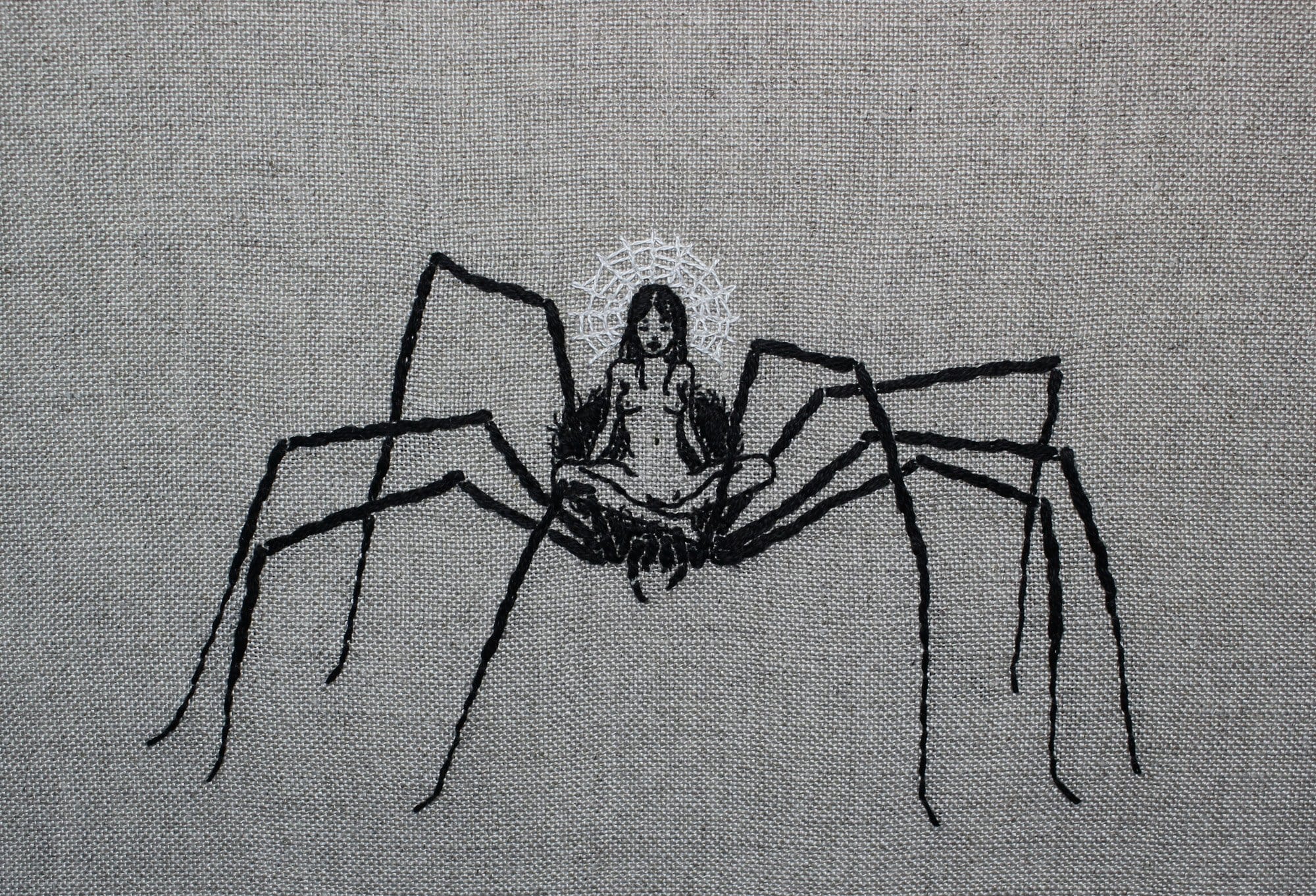November Vibes EP. 2
Sun in 43.6 | Progression
11.15.24
Happy Birthday Vega!
He chose chocolate chip cookies and Yoohoos for his class party. We are taking the boys to jump on trampolines tonight to celebrate!





Who is Neferneferuaten?
Neferneferuaten is suggested to have been either Smenkhkare’s wife, Meritaten or, his predecessor’s widow, Nefertiti. If this person is Nefertiti ruling as sole king, it has been theorized by Egyptologist and archaeologist Zahi Hawass that her reign was marked by the fall of Amarna and relocation of the capital back to the traditional city of Thebes. She and her successor (possibly her son) re-established the worship of gods other than Aten.
Sun in 43.5 | Progression
11.14.24
Transformations with Bear
Balloon Saturn!

Details about the original
Saturn Devouring His Son is a painting by Spanish artist Francisco Goya. It is traditionally considered a depiction of the Greek myth of the Titan Cronus, whom the Romans called Saturn, eating one of his children out of fear of a prophecy by Gaea that one of his children would overthrow him. The work is one of the 14 so-called Black Paintings that Goya painted directly on the walls of his house sometime between 1820 and 1823. It was transferred to canvas after Goya’s death and is now in the Museo del Prado in Madrid.

The work is believed to have been crafted in 1345 BC by Thutmose because it was found in his workshop in Tell-el Amarna, Egypt.

Sun in 43.4 | One-Track Mind
11.13.24

Pluto in 60.4 | Resourcefulness
Accepting your limitations is the first step to transcending them.
Quote from The Line Companion by Ra Uru Hu
‘Mercury exalted. The reasoned and intelligent maximization of potential within limitations. In other words, while you are waiting for that limitation to end, it does not mean that your whole life gets focused on that. The moment that your whole life gets focused on waiting for the limitation to end, you will be melancholic and depressed. These people have a very sad look on their face. Rather than waiting for the mutation to come, this is simply about: there are other things to do. Let’s do other things within this limitation because deep inside of us we know that mutation is always possible. In the white book: The maximization of potential within limitation.’
Read More
‘Venus in detriment. A tendency in times of limitation to seek the inner meaning of the restriction rather than using its gifts to find a harmonic application within the limitation. The former leads to withdrawal and the latter to transcendence.
In other words, transcendence is always possible in being fixed in accepting the limitation. The detriment in this case is always going to have difficulties with that and as the line says: The energy to know rather than accept limitation at the expense of possible mutation, leading to depression.
Remember that individuals do not like being limited. But the limitation always has to be there for them before transcendence can be possible. By the way, in the vast majority of cases, people who have Venus in this line are going to suffer from a lot of depression. Depression is also going to be evidenced in the way in which they look at the world in which, for them, there are all kinds of bad people and good people. They have a deep moralistic twinge with Venus being the force behind that. Very important for these people to know how mutation works and the fact that it is always something that is possible for them.’





Sun in 43.3 | Expediency
11.12.24
BLOG | Energetic Weather | 43.3 / 23.3




POST | Bertrand Russel | What is a fact?










